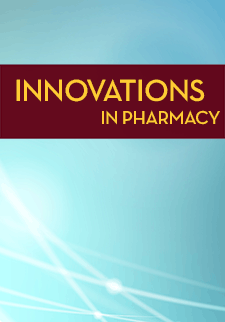Implementation of a Pharmacist-Directed Cardiovascular Risk and Medication Management Program for Participants in a Construction Trade Benefit Trust Fund
Yifei Liu
Randal P. McDonough
Kara M. Carruthers
William R. Doucette
Kathleen Miller
DOI: https://doi.org/10.24926/iip.v1i1.193
Keywords: cardiovascular disease, community pharmacy, disease state management
Abstract
Objectives: (1) To report the results of a pharmacist-directed cardiovascular risk management program; and (2) to identify obstacles faced by the pharmacists in the program implementation.
Methods: The collaborators in this study included two local unions, a health benefit consulting company, and a community pharmacy. A total of 750 union workers with cardiovascular risk were informed about the cardiovascular risk management program. The program lasted six months, and the participation was voluntary. There were three group educational sessions with each session followed by a medication management service.
A staff person of the health benefit consulting company and two pharmacists were interviewed via telephone. The interview questions were created according to the Gaps Model of Service Quality. The Gaps Model theorizes five gaps among consumer expectations, consumer perceptions, management perceptions of consumer expectations, service quality, service delivery, and external communications to consumers.
The following data were collected: (1) types and quantity of drug therapy problems, (2) pharmacists' recommendations and prescribers' response, (3) patients' quality of life, disability days, and sick days, and (4) the experience of involved parties. Descriptive statistics were calculated.
Results: Fifteen union workers participated in the program. For the participants, 35 drug-related problems were identified, with "need for additional therapy" and "dose too low" being the most common problems. To address these drug-related problems, pharmacists made 33 recommendations to prescribers, and prescribers accepted 55% of the recommendations.
According to the interviews, there were three barriers faced by pharmacists to implement the program: lack of consensus about the recruitment, union workers' unawareness of the program's benefits, and limited support from the unions and the health benefit consulting company.
Conclusions: It was difficult to recruit participants into the program. Clear agreement among collaborators on both the program's benefits and the specific roles of each collaborator may be the key to successfully implement similar programs in the future.
Type: Case Study


